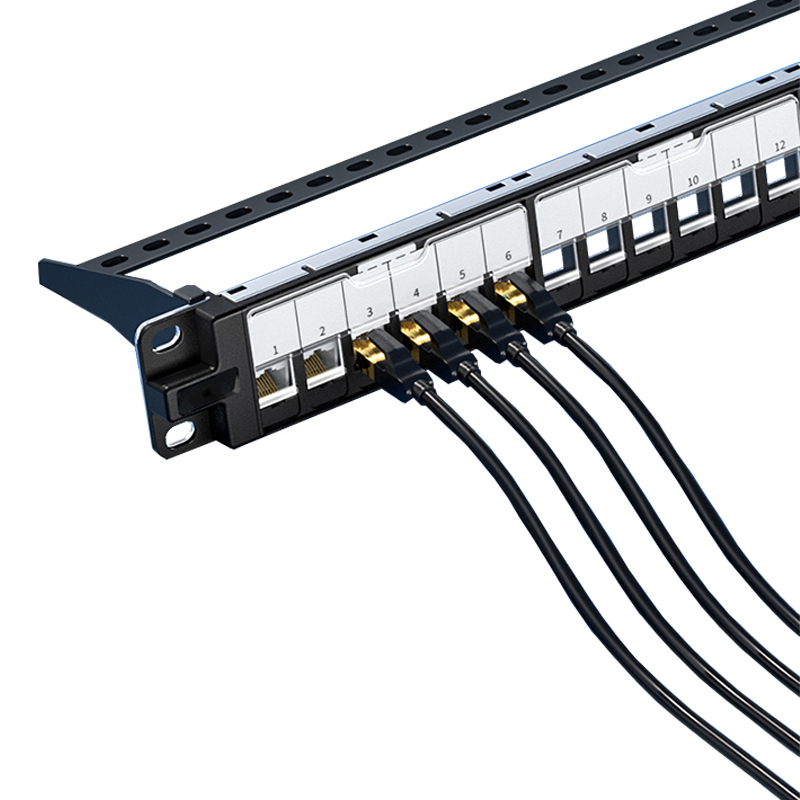By cloudtopcable | 11 July 2023 | 0 Comments
The Future Is Wired with Fiber Optic Cable
There's no denying that we live in the digital age, and as such, we rely heavily on our internet connection to stay connected to the world. The foundation of any efficient and reliable network is the cable that is used. The emergence of fiber optic cable is slowly replacing traditional copper cables, becoming increasingly popular in modern data communication networks. The future is wired with fiber optic cable, which is more efficient and reliable than traditional cables.
At CloudTopCable, we are experienced suppliers of various types of fiber optic cables, including HDMI fiber optic cables, and we are excited to share our knowledge with you.

1. What is Fiber Optic Cable?
Fiber optic cable is a type of cable that consists of one or more glass or plastic fibers that transmit data through light pulses, unlike copper wires which use electrical signals. The glass fibers are used as a waveguide to take light from one end of a cable to the other without any signal loss. It is lightweight and can transmit data over long distances without interruption. The data transferred is more secure, faster, and more reliable than traditional copper cables.
2. Network Fiber Optic Cable
Network Fiber optic cables are used to transmit data between different computer networks, such as Internet service providers, data centers, and individual homes. These cables support higher bandwidth, which means that they can handle more data, and at faster speeds than copper cables. This allows for faster downloads, seamless video streaming, and reduced lag time.
3. HDMI Fiber Optic Cable
HDMI fiber optic cables are used to connect high-definition devices such as TVs, gaming consoles, and streaming devices. These cables support high-bandwidth to provide a high-quality audio and video experience. Unlike traditional HDMI cables, HDMI fiber optic cables are not susceptible to electromagnetic interference, making them more reliable and ensuring that the audio and video signals transmitted are of high quality.
4. Advantages of Fiber Optic Cable
- Increased Bandwidth - Fiber optic cables have a higher bandwidth capacity than copper cables. This means more data can be transmitted faster, making communication between devices seamless and fast.
- Signal Quality - Fiber optic cables provide a clear and strong signal that does not deteriorate with distance. This means that signals can travel further without the need for amplification or signal regeneration.
- Safety - Fiber optic cables do not carry an electrical current, making them safer than copper cables in environments with high electrical interference.
- Resistance to Interference - Fiber optic cables are resistant to electromagnetic interference. This allows them to be placed near other cables without causing interference, which can be harmful to sensitive electronic devices.
Fiber optic cable is the future of data communication technology because of its high levels of reliability and efficiency. Whether you need network fiber optic cables or HDMI fiber optic cables, CloudTopCable has got you covered. With our rich experience in the fiber optic industry, we deliver reliable and quality cables that are designed to meet your needs. Contact us today via Tel: +86 - 020 - 28859610 or E-mail: sales@cloudtopcable.com and let's connect you with the world.
The Wonders of Fiber Optic Cable and Why Your Network Needs It
Why an Ethernet Cable is Crucial for Your Network
Leave a Reply
Your email address will not be published.Required fields are marked. *
POPULAR BLOG
- HYA 50×2×0.4 Communication Cable: Reliable Solution for Guangzhou Surveillance Systems
- Why Does Your EV Stop Charging Suddenly? Let’s Troubleshoot!
- Yuedao Intelligent Empowers Guangzhou Metro to Set World Record for Fastest Subway Speed
- Become Our Local Partner - Expand Your Market with High-Quality Cables & Wires
CATEGORIES
